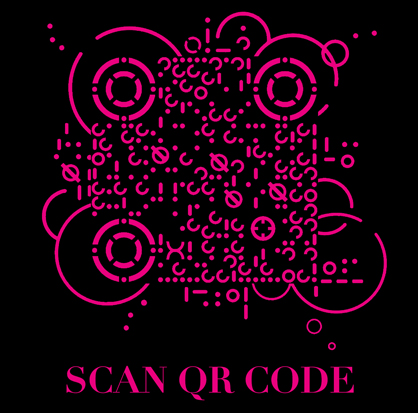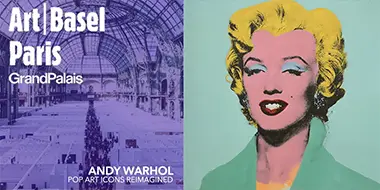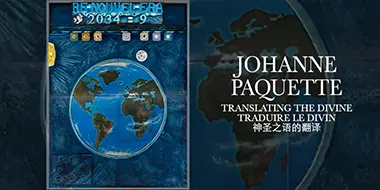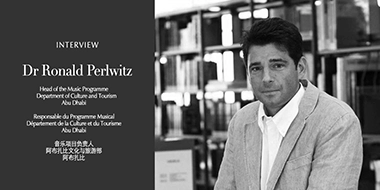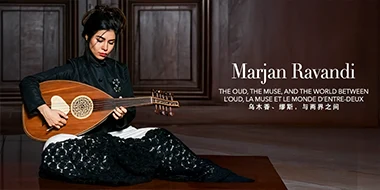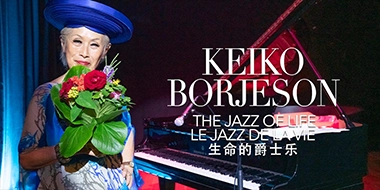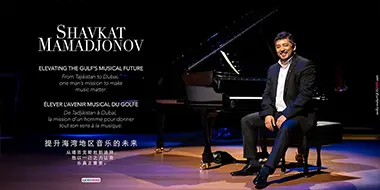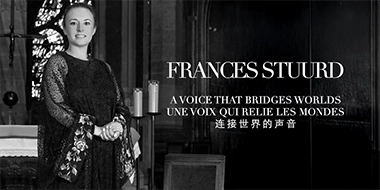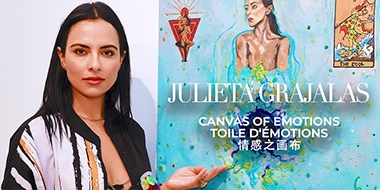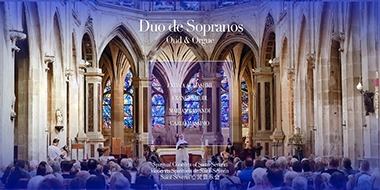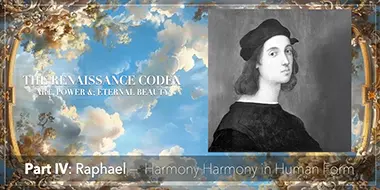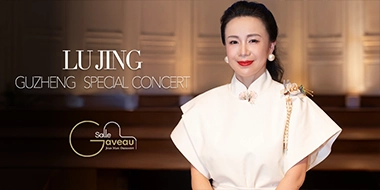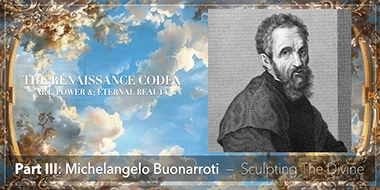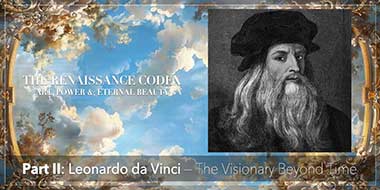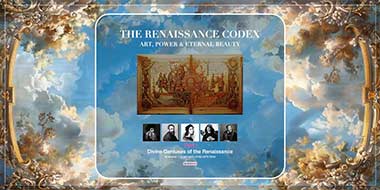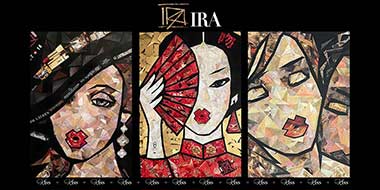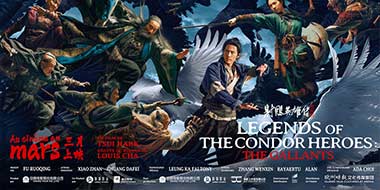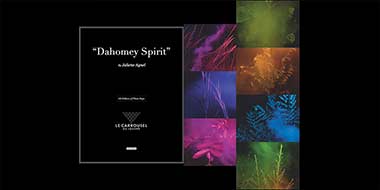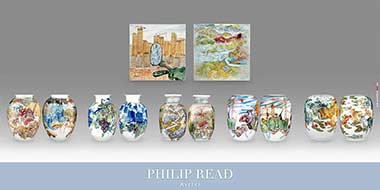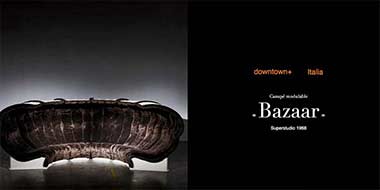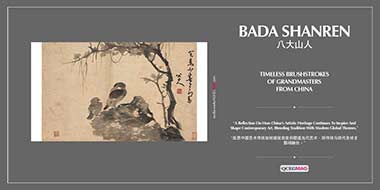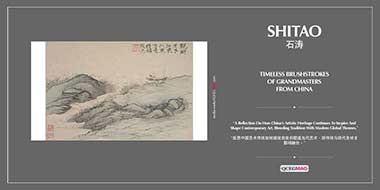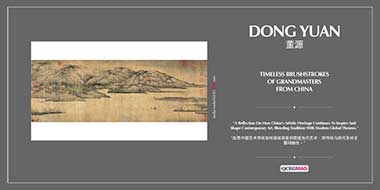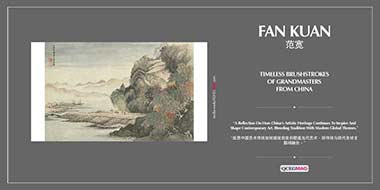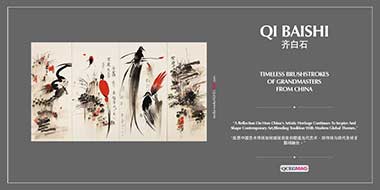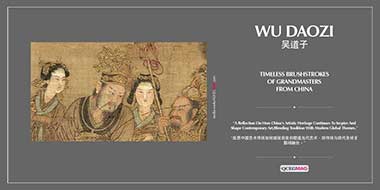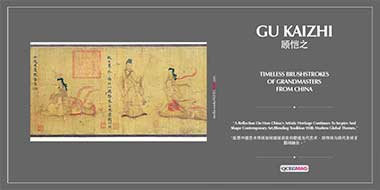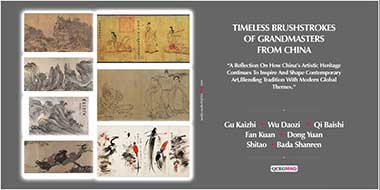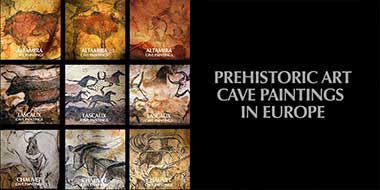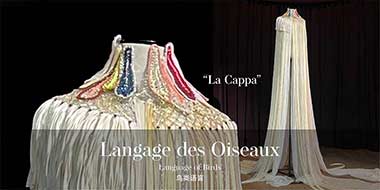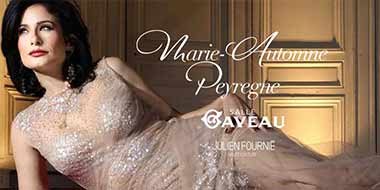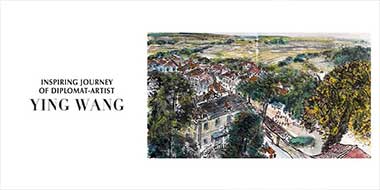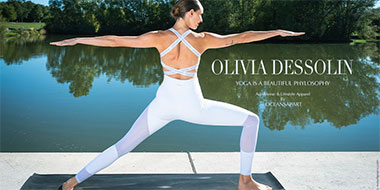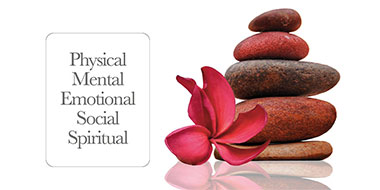THE RENAISSANCE CODEX
ART, POWER & ETERNAL BEAUTY
Part II: Leonardo da Vinci — The Visionary Beyond Time

ART, POWER AND ETERNAL BEAUTY

- Part I:
Divine Geniuses of the Renaissance - Part II:
Leonardo — The Visionary Beyond Time - Part III:
Michelangelo — Sculpting the Divine -
↳ Part IV:
Raphael — Harmony in Human Form - (UPCOMING NEXT)
↓ - Part V:
Botticelli — Painter of Venus and Dreams - Part VI:
Titian — Fire, Flesh & Venetian Splendour - Part VII:
Echoes of the Renaissance in Modern Luxury

Leonardo da Vinci was not just a master — he was a multiverse. A painter, anatomist, architect, engineer, and philosopher whose imagination defied gravity, whose sketches foreshadowed helicopters, and whose brush distilled eternity. To speak of the Renaissance without invoking Leonardo is to whisper without breath.
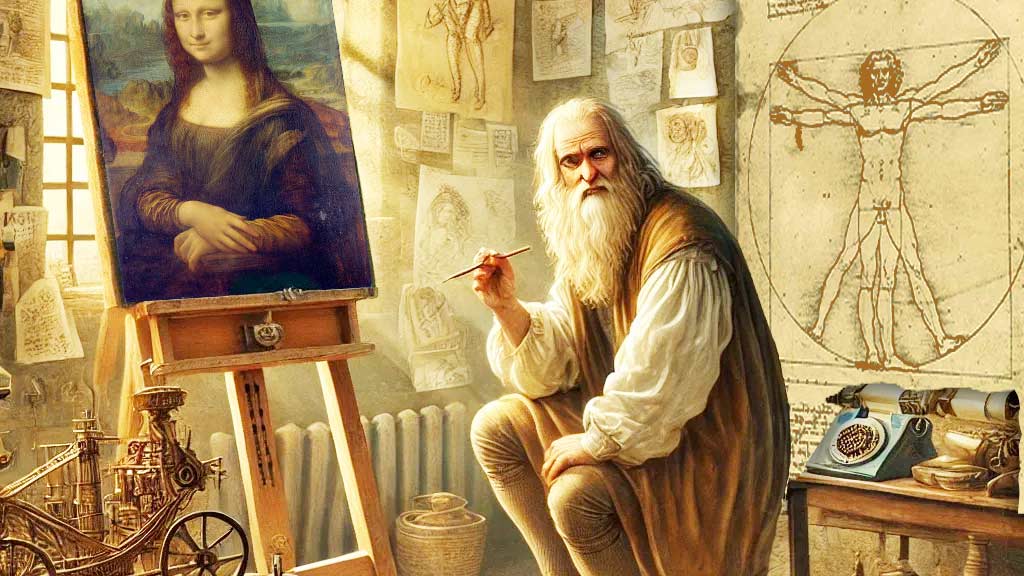
The Art of Mystery
Leonardo’s canvases are cloaked in silence. His genius lies not only in masterful technique, but in the enigmas he leaves behind. His most iconic works — The Last Supper and Mona Lisa — transcend depiction. They do not shout. They resonate. They endure.
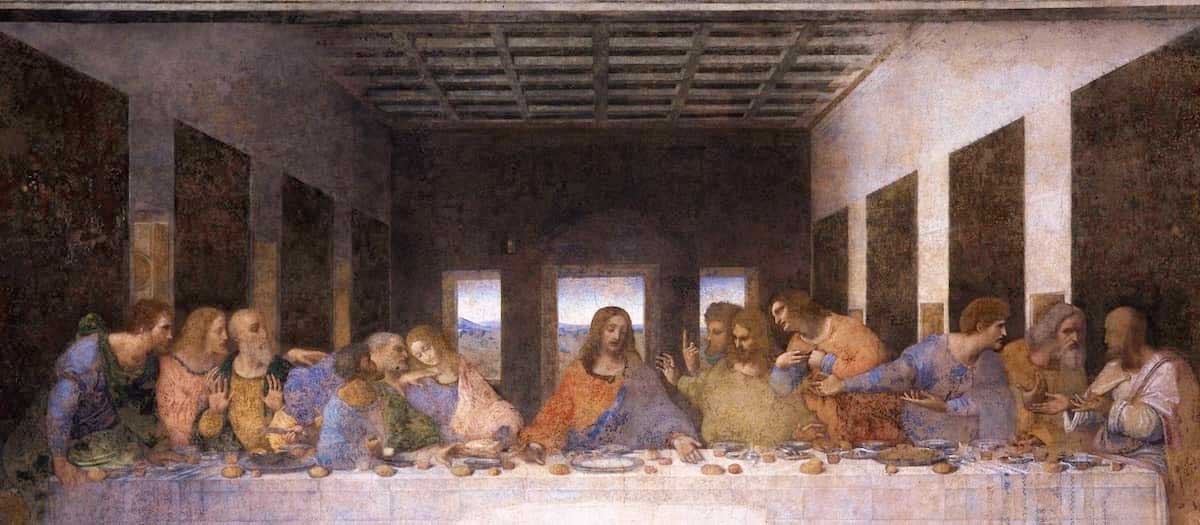
The Last Supper (1495–1498), Santa Maria delle Grazie, Milan — Visit the official site
In The Last Supper, painted directly onto a refectory wall in Milan, time stands still at the moment of divine betrayal. The composition, perspective, and psychological nuance have inspired not only theologians but photographers and filmmakers. The tension in gesture and stillness echoes in editorial narratives from Peter Lindbergh to Steven Meisel.
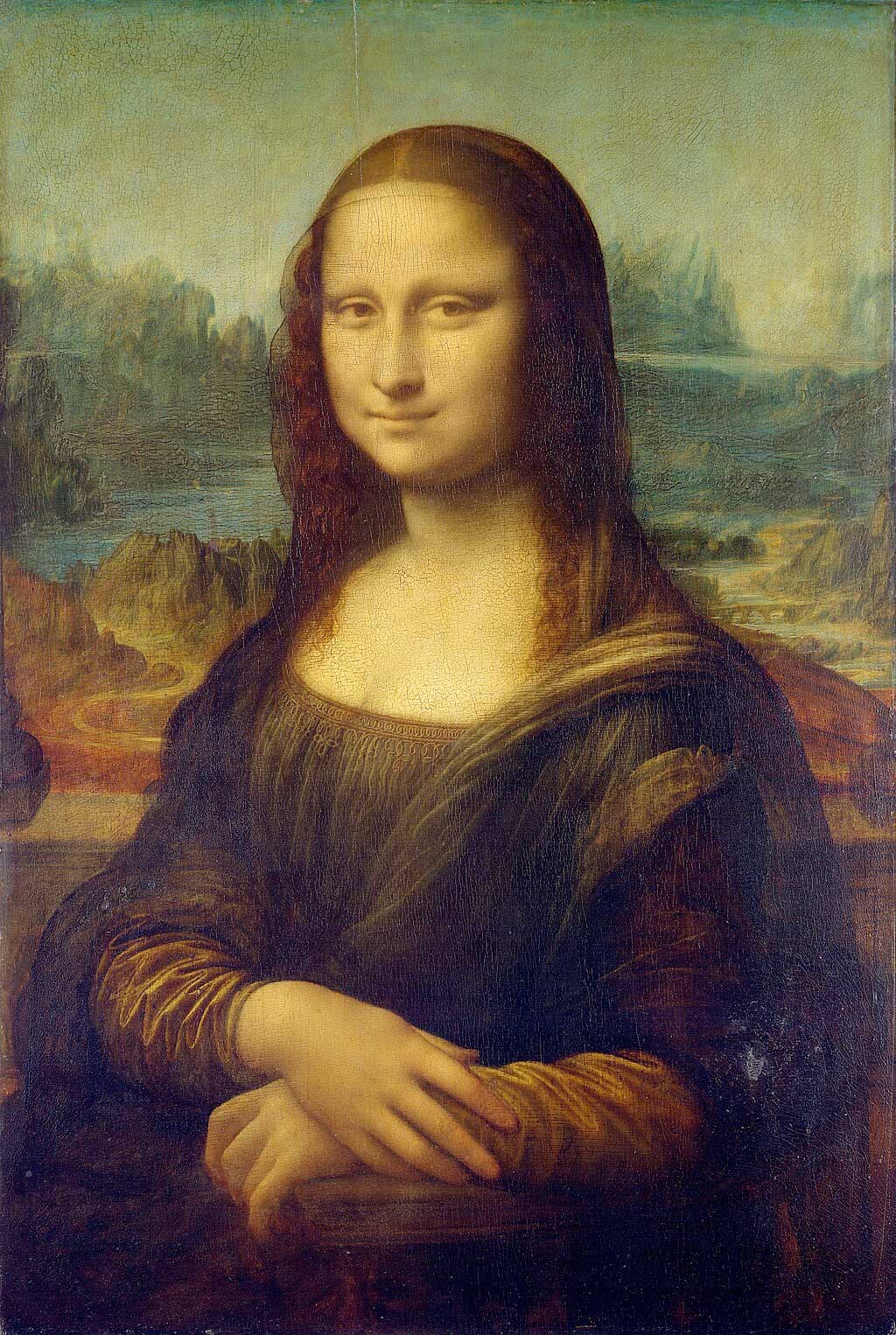
Mona Lisa (c. 1503–1506), Musée du Louvre, Paris — Explore the Louvre’s collection
Mona Lisa remains one of the most analysed and reproduced faces in history. Her half-smile, her ethereal gaze, and the atmospheric sfumato technique are not just artistic decisions—they are moods. In fashion, we see her echoed in the quiet elegance of Armani Privé, the enigma of Maison Margiela Artisanal silhouettes under John Galliano, the haunting refinement of Ann Demeulemeester, and the understated confidence of minimalist campaigns.
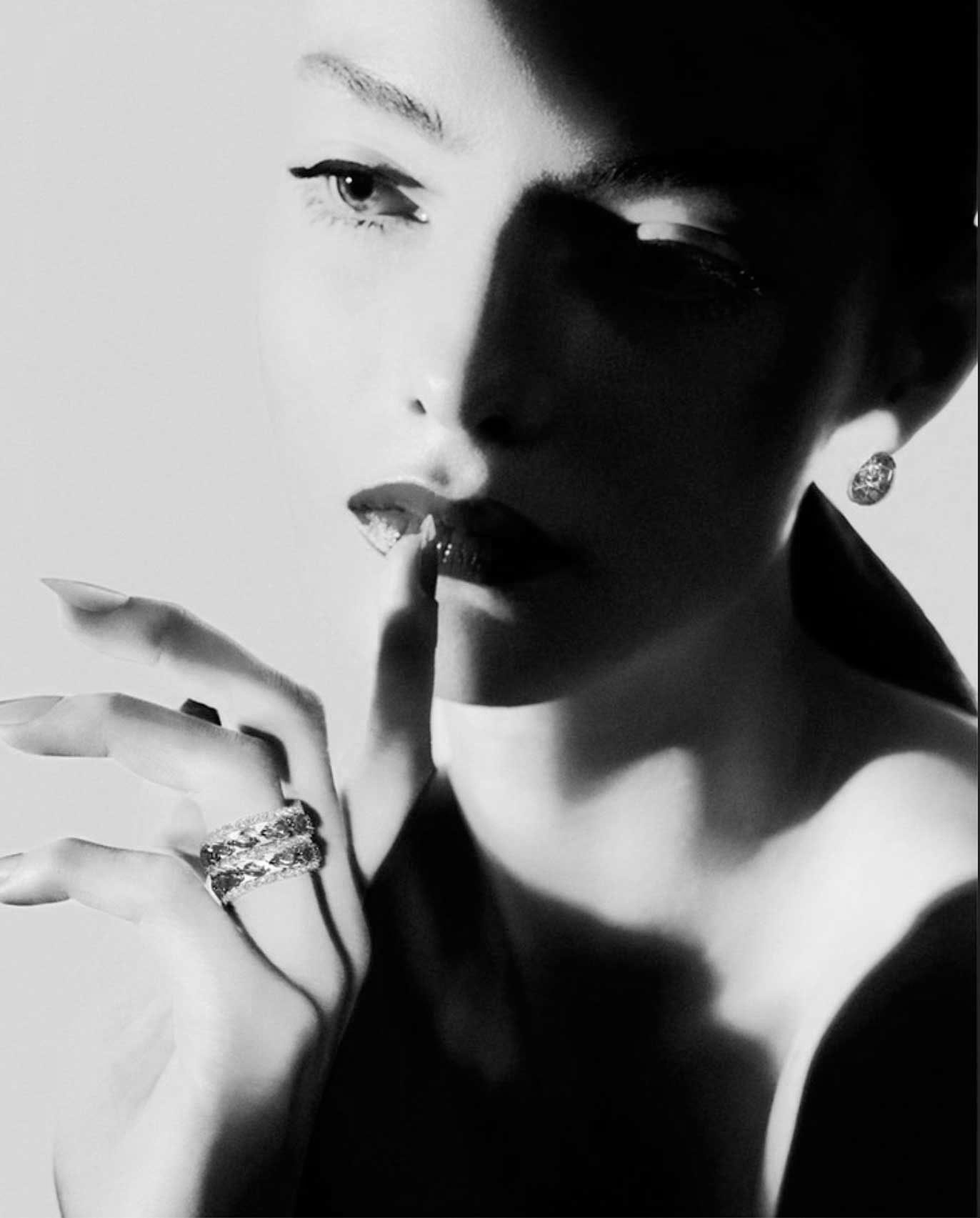
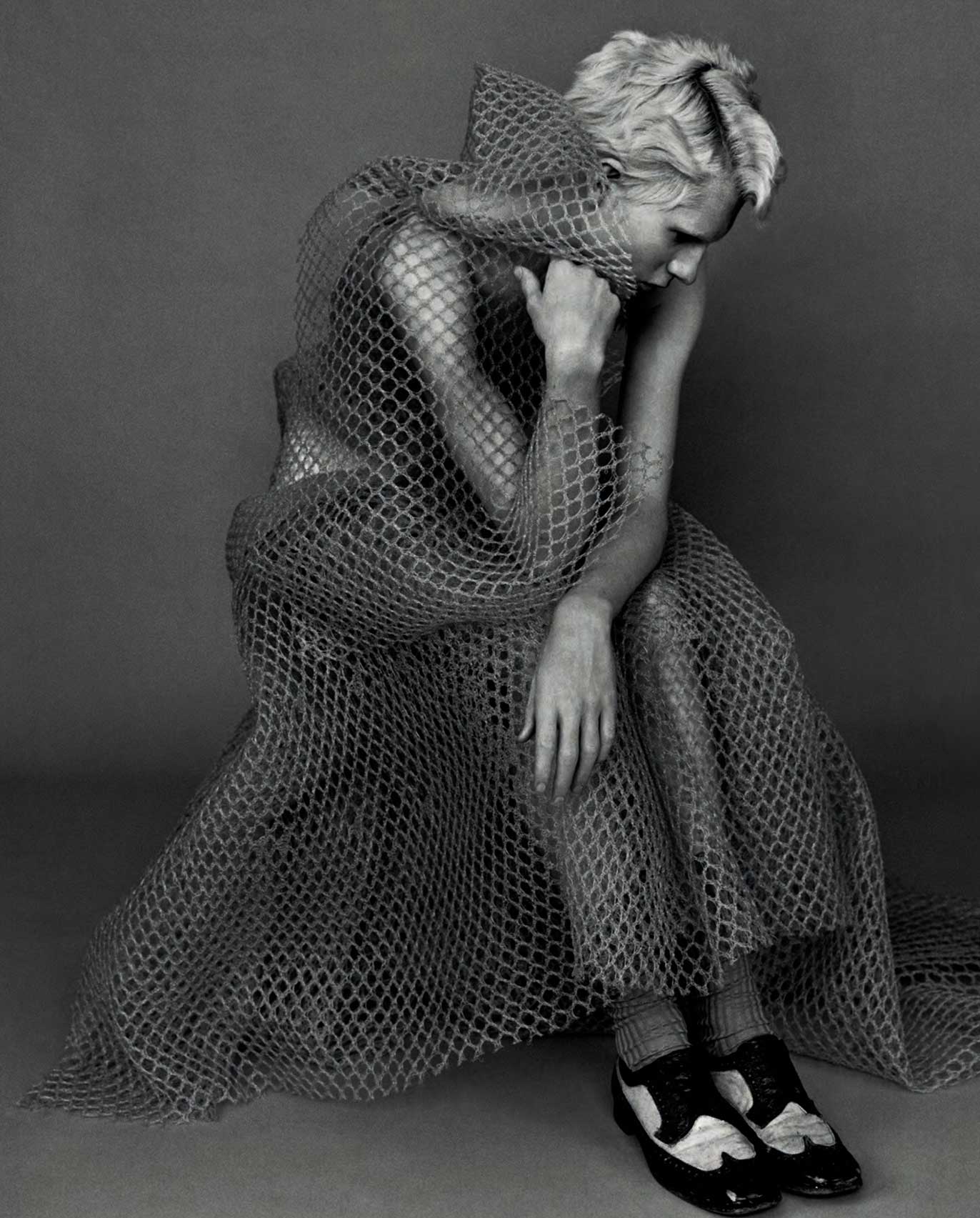
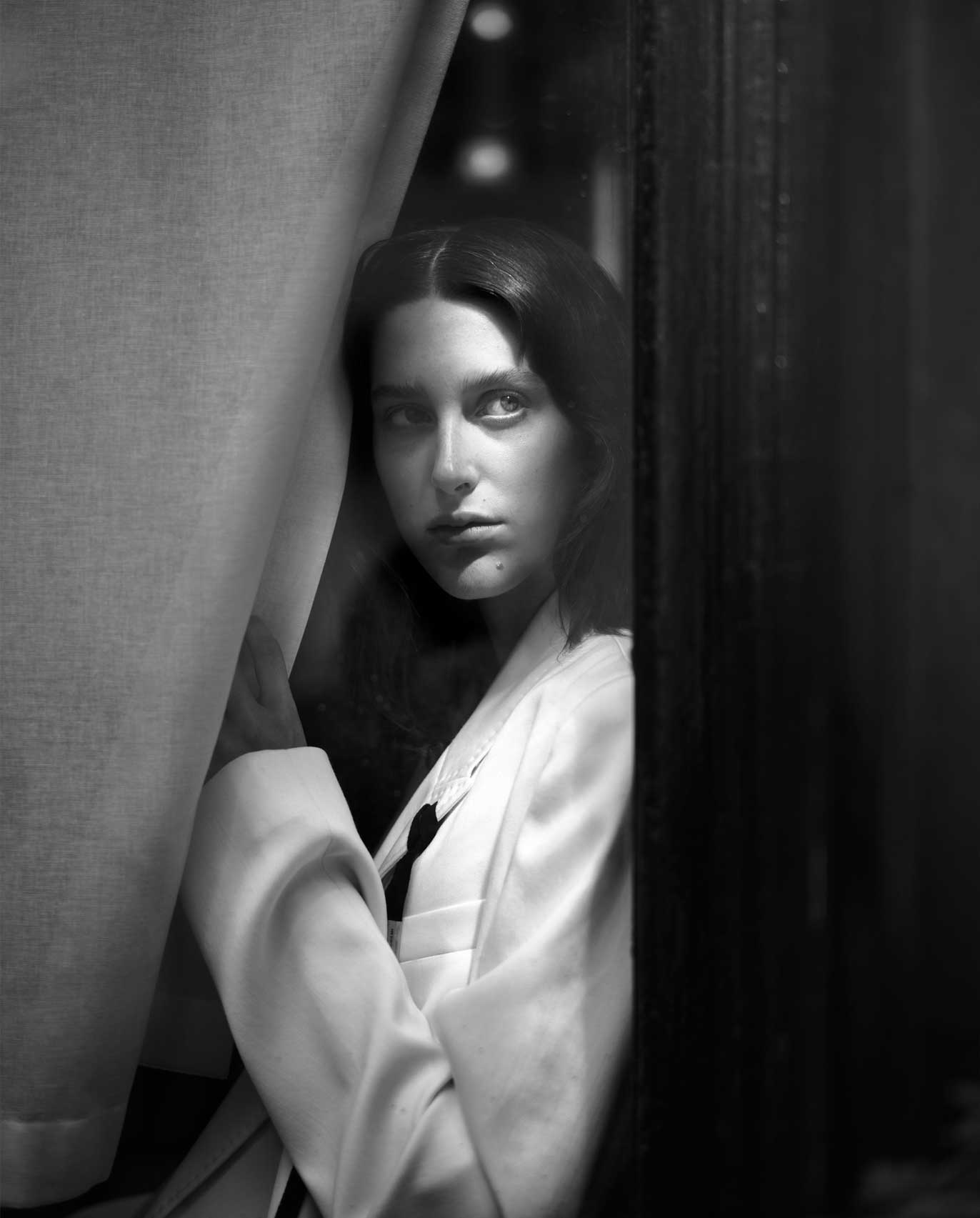
THE RENAISSANCE CODEX
“ART, POWER AND ETERNAL BEAUTY”
Fashion & Form: Leonardo’s Legacy
Leonardo understood the human form with anatomical precision and poetic abstraction. His fascination with proportion, balance, and structure forms a blueprint for modern couture. His notebooks are littered with patterns and folds, garments sketched not only for function but for movement and grace.
• Introducing folds only where cloth is constrained (e.g. at hands or arms)
• Varying folds by cloth type (wool, silk, linen, crape)
• Allowing natural fabric flow, reinforced by tension lines and gravity.
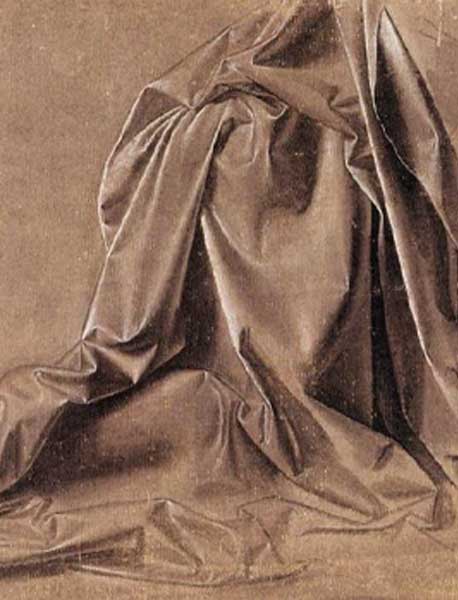
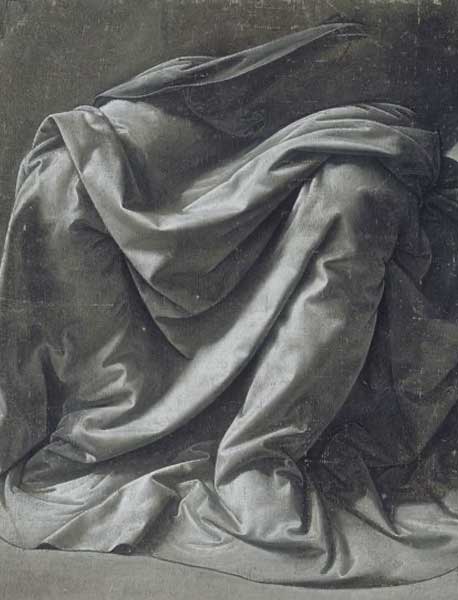
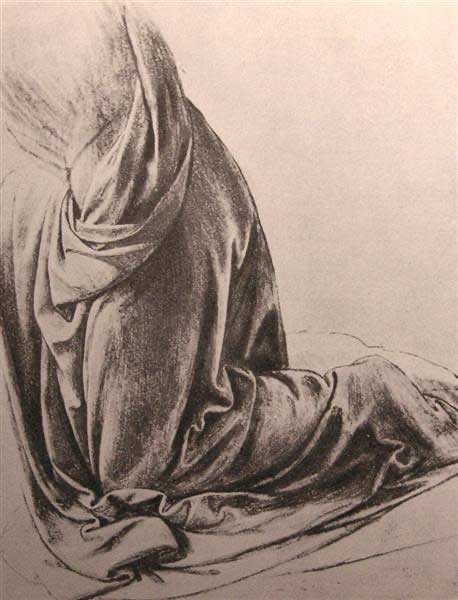
✦ These entries demonstrate how he sketched garments not just for appearance, but also with functional intention—emphasizing movement, gravity, and material behaviour.

Fashioning the Future with Renaissance Eyes
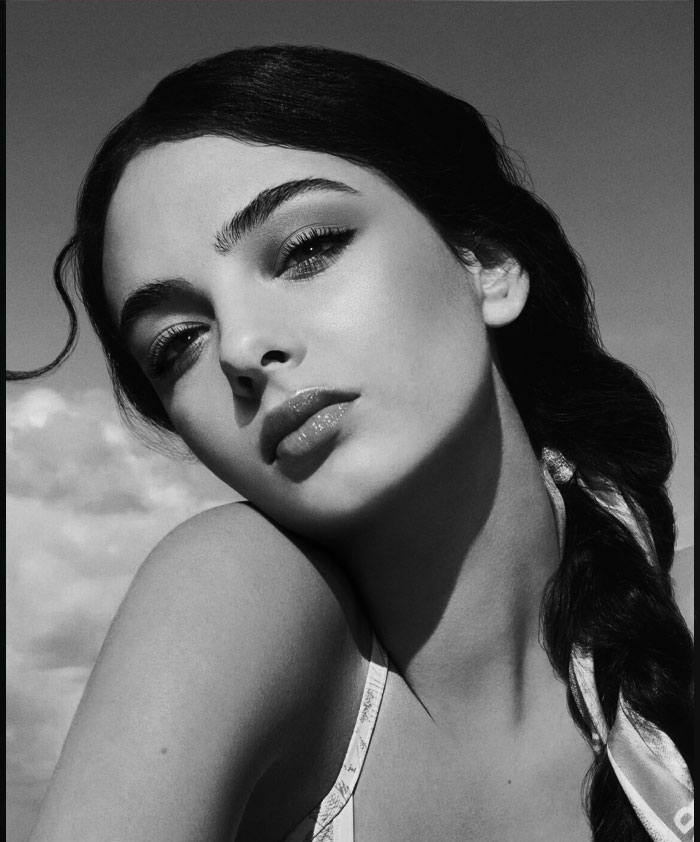
Dior
Deva Cassel evokes the refined composure of La Belle Ferronnière—from her luminous complexion to the architectural clarity of her gaze. Dior’s sculptural radiance reflects Leonardo’s harmony of light, balance, and poise.
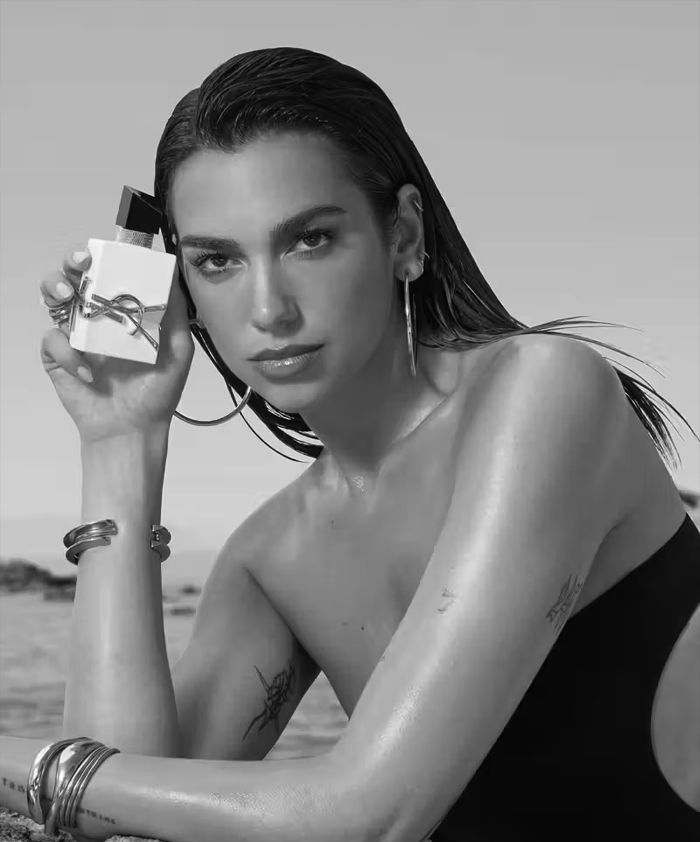
Yves Saint Laurent
Dua Lipa channels the composed confidence. Her gaze—direct yet restrained—echoes the sitter’s psychological presence, while the sleek texture and shadowing evoke sfumato’s soft gradients. YSL’s aesthetic renders sensuality with Renaissance precision.
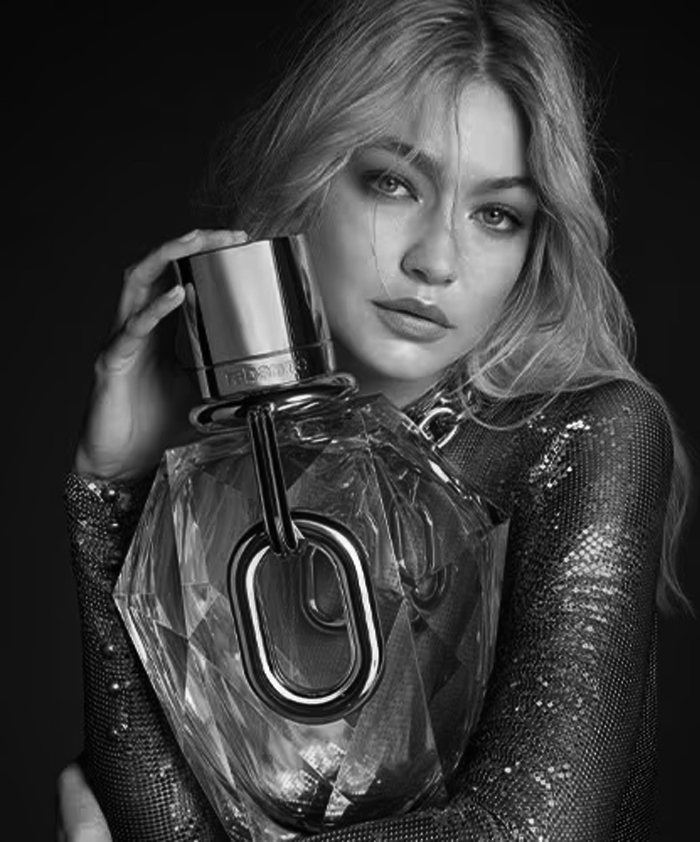
Paco Rabanne
Gigi Hadid exudes the ethereal disarray of Leonardo’s La Scapigliata. Tousled strands frame a gaze at once introspective and luminous—capturing the fleeting softness of unfinished beauty. Paco Rabanne reimagines sensual mystique with sculptural clarity and metallic sheen.

The Eternal Present
Leonardo was never confined to his century. His work speaks in the tense of always. In a recent campaign, actress Anne Hathaway becomes a living "chiaroscuro" in the Versace Icons film — draped in sculpted silhouettes, lit like a Renaissance painting, her every glance suspended between mystery and grace. Shot in evocative black-and-white, the film mirrors Leonardo’s use of sfumato: the subtle blending of tones that gives life to shadows, softness to power. There are no words. Just a gaze. Just poise. Just Leonardo’s essence—translated through the language of modern luxury.
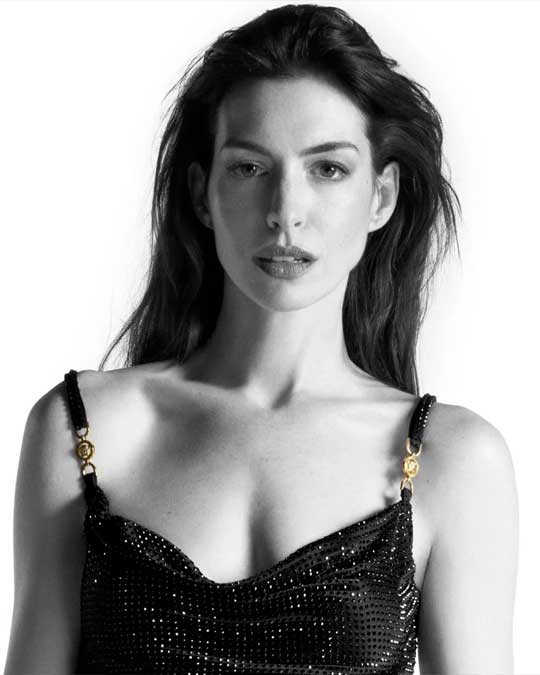

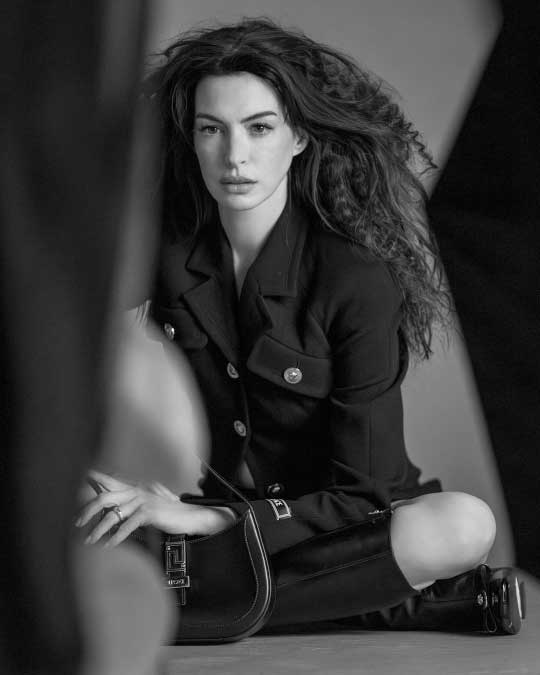

As we move further into this series, we’ll encounter other giants of the Renaissance. But none so enigmatic, so quietly revolutionary, as Leonardo da Vinci — the man who painted the ineffable.
— MeeKar


